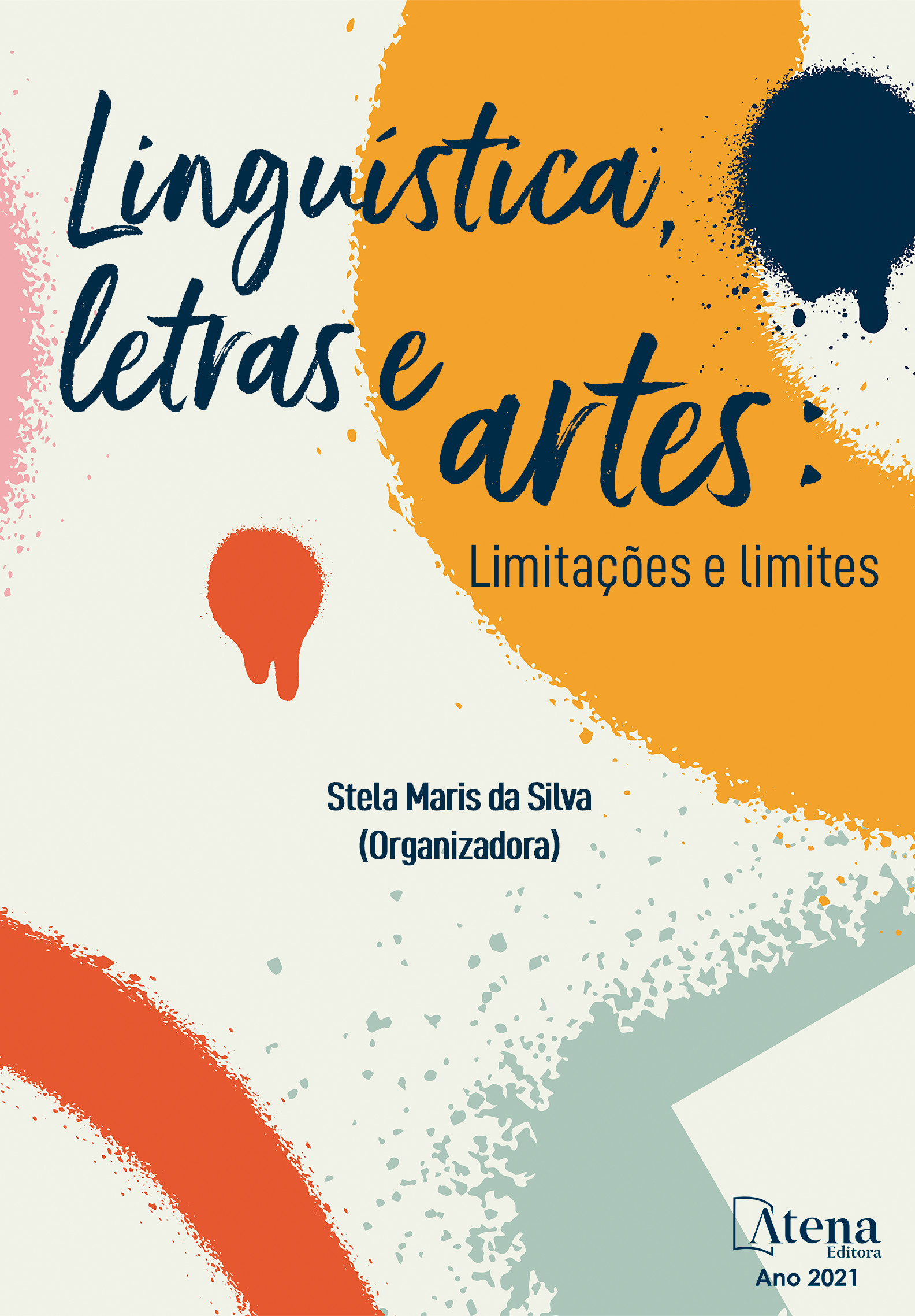
AS CONTRIBUIÇÕES DO LETRAMENTO E DA SOCIOSSEMIÓTICA PARA O LIVRO DIDÁTICO DE MATEMÁTICA: COMPARANDO EQUAÇÃO DO 1º GRAU EM TRÊS LIVROS DE MATEMÁTICA
O objetivo deste artigo é comparar a temática sobre “equação do 1º grau” apresentada em três capítulos de livros didáticos do nível fundamental, sendo dois livros da antiga 7ª série e um do atual 8º ano, para compreender, à luz do letramento e da sociossemiótica, como o enfoque nas práticas sociais contribui para a evolução do ensino de matemática. Mais precisamente, trata-se de pesquisa bibliográfica que consiste em cotejar os capítulos a) “Equações literais do 1º grau”, da obra “Praticando Matemática (1989)”; b) “Equações do 1º grau com uma incógnita”, da obra “A Conquista da Matemática (1998) e c) “Revendo equações”, edição revisada da obra “Praticando Matemática” (2015). Para análise, primeiramente, abordamos a relevância da teoria do letramento e de pressupostos da semiótica e da sociossemiótica para o ensino atual; a seguir, comparamos os três capítulos. Concluímos que, embora a diferença da publicação das duas primeiras obras seja de apenas nove anos, há um grande contraste entre elas, porque a edição de 1989 aborda a matemática de forma fragmentada, objetivante, com um fim em si mesma, ou seja, sem nenhuma relação com a vivência do leitor. Por outro lado, a de 1998 traz inovações orientadas pela LDB/96 e pelos PCN/98, por inscrever o problema da equação em evento de letramento, associando-o a práticas sociais. A edição revisada, de 2015, supera sua própria edição de 1989, por também considerar o que dizem os documentos oficiais e promover o letramento matemático na interação sujeito/sujeito e sujeito/objeto, portanto, considera a subjetividade do aluno. As edições de 1998 e de 2015 implicam a sociossemiótica porque relacionam a matemática com os sentidos experimentados pelos indivíduos em ato, condição imprescindível para vencer a dicotomia sensível x inteligível.
AS CONTRIBUIÇÕES DO LETRAMENTO E DA SOCIOSSEMIÓTICA PARA O LIVRO DIDÁTICO DE MATEMÁTICA: COMPARANDO EQUAÇÃO DO 1º GRAU EM TRÊS LIVROS DE MATEMÁTICA
-
DOI: https://doi.org/10.22533/at.ed.50421290714
-
Palavras-chave: Ensino tradicional. Letramento. Matemática. Sociossemiótica.
-
Keywords: Traditional teaching. Literacy. Mathematics. Sociosemiotics
-
Abstract:
This work seeks to compare the theme of “1st degree equation” presented in three chapters of three didactic books of the fundamental level, two of these books are from the old 7th grade and one of these is from the current 8th grade. The objective is to understand, in the light of literacy and sociosemiotics, how the focus on social practices contributes to the evolution of mathematics education. This research is bibliographic and consists of analyzing these chapters: a) “Literal equations of the 1st degree”, from the work “Praticando Matemática (1989)”; b) “Equations of the 1st degree with an unknown quantity”, from the work “A Conquista da Matemática" (1998) and c) “Revendo equações”, revised edition of the work “Práticaando Matemática” (2015). For the analysis, first, we approach the relevance of literacy theory and assumptions of semiotics and sociosemiotics for current teaching, then we compare the three chapters. We conclude that although the difference between the publication of the first two works is only nine years, there is a great contrast between them, because the 1989 edition approaches mathematics in a fragmented, objective way, with an end in itself, that is, without any relationship with the reader's experience. On the other hand, the textbook of 1998 brings innovations guided by the Law of Guidelines and Bases / 96 and by the National Curriculum Parameters / 98, since it inscribes the problem of the equation in a literacy event, associating it with social practices. The revised edition of 2015 surpasses its own edition of 1989, because it also considers official documents and promotes mathematical literacy in the interaction between subject / subject and subject / object, therefore, it considers the subjectivity of the student. The 1998 and 2015 editions consider sociosemiotics because they relate mathematics to the senses experienced by individuals in action, an indispensable condition for overcoming the sensitive x intelligible dichotomy.
-
Número de páginas: 32
- Marli Ramalho dos Santos Rocha
- CARLOS WIENNERY DA ROCHA MORAES


